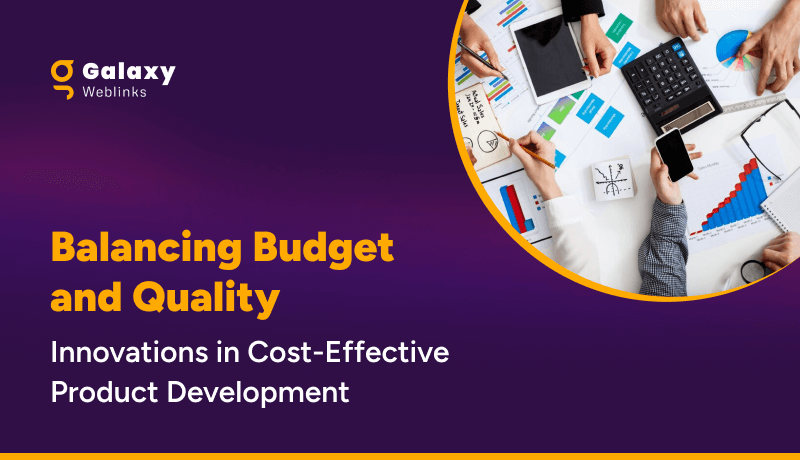Internet users expect web content and apps to load within seconds. They want a fast and seamless digital experience on all their devices. The need for speed and seamless performance is a given now (for both users and business owners).
Consumers abandon slow-loading websites, without completing the desired action. High performance is important and a reliable user experience is important for SaaS businesses. There are SaaS products for customer support, communication, payment, project management, automation, and for every process that is or can go digital.
SaaS will continue to grow as organizations of all sizes rely on it to deliver apps and IT services. With SaaS services becoming popular, demand for high availability and performance also grows.
Meeting rising consumer demand is great for business. But it can be a logistical nightmare for SaaS providers. Growing load on the SaaS infrastructure increases latency and performance issues.
Before the release, SaaS applications must go through thorough performance testing.
SaaS testing ensures that the product functions as designed and serves the end needs. Adequate testing enhances performance, leading to higher customer satisfaction. This in turn means more revenue through user adoption and subscription fees.
Applications built as SaaS are subject to rigorous testing to ensure that the application is performing as per expectations.
Here are the tips that will help you in the SaaS development process and SaaS testing.
Tip 1. Skilled team
SaaS applications live on a remote server and are delivered over the internet. Existing in a digital space, SaaS applications rely on three aspects: storage, networking, and computing capacity. Testing SaaS products means you have to ensure coexistence between these three technologies.
Tip 2. Performance Testing (Onboarding/Staging vs Production)
There are many ways to deliver and run performance tests with varying levels of quality. One approach is not necessarily better than another. It all depends on your business needs and what you are trying to achieve with testing. In general, there are two different approaches:
- Running performance tests against staging or development environments.
- Running performance tests against production or live environments.
Tip 3. Adhering to the prerequisites for Performance Tests
- Before testing begins, system requirements must be validated.
- It is not possible to automate everything.
- In agile environments, it can be difficult to develop a test plan that matches development sprints and iterations.
- Risk management is an essential prerequisite for any significant development project in both an agile and non-agile environment.
Tip 4. Sprint Planning
Communicate risk priorities with the QA and development teams during sprint planning. That will help keep them focused on real risks instead of wasting time on hypothetical ones. You will have better software, with faster delivery. A key part of effective SaaS performance testing is understanding these fundamentals.
All said and done, there are still challenges SaaS businesses need to overcome. Four key elements affect the SaaS digital experience:
1: Global SaaS User Growth
SaaS has seen extensive end-users growth on a global scale. And, this is one of the reasons for heightening performance challenges. You may wonder how? Application performance deteriorates when the app is far from the data center.
End-users far from the original data center means variables like networks, IPS, and browsers come into the picture, causing poor performance. Location of your data center matters.
2: Infrastructure Add-Ons
Expanding into new geographies, SaaS providers add more infrastructure and divide existing systems to reduce the load. With added infrastructure build-outs, complexities increases. This is bad for both infrastructure health and end-user application performance.
3: The Internet is Capricious
Complete SaaS outages are rare; but not completely off the table. SaaS outage can have a disastrous effect on the end-user. Recently we have seen a major SaaS outage with the Amazon S3 (AWS) in February 2021. 100% availability is unrealistic even when your web services depend on Amazon’s cloud.
4: From APM to DEM
SaaS providers must shift from traditional application performance management (APM) to digital experience management (DEM). In DEM, the end-user experience is the ultimate metric. It identifies how all underlying services, systems, and components influence the end-user experience.
You should put a process and the right tooling in place for SaaS applications monitoring.
The list of variables impacting the performance is long and ever-increasing. SaaS providers need insights into advanced analytics to understand data and identify problems.
Right deduction of data resolves issues that are both within infrastructure, like a data center needing more capacity, and outside it, like a slow internet service provider (ISP).
***
Businesses are depending on SaaS applications more than ever. As users shift more towards the cloud, SaaS providers will continue to see growing demand for their services. The demand for a higher level of performance and productivity will also increase. SaaS providers cannot disappoint with poor performance.
As a SaaS provider, you should deal with the rise in expectations for availability and performance through new approaches. Like evolving from APM to DEM. This is just one example. There are many ways to go about insuring SaaS performance.
If you need immediate assistance or have questions about how Saas Testing may affect your organization or client, we would love to talk with you. Galaxy weblinks intend to help software companies transform their businesses into SaaS successes.

